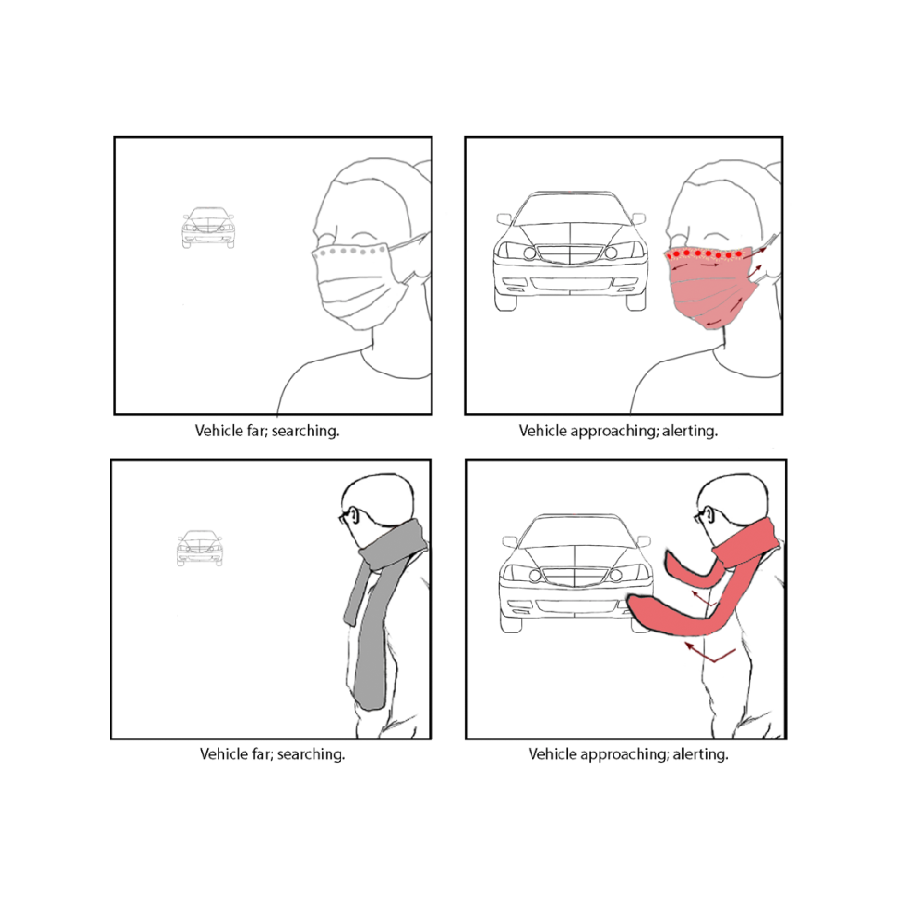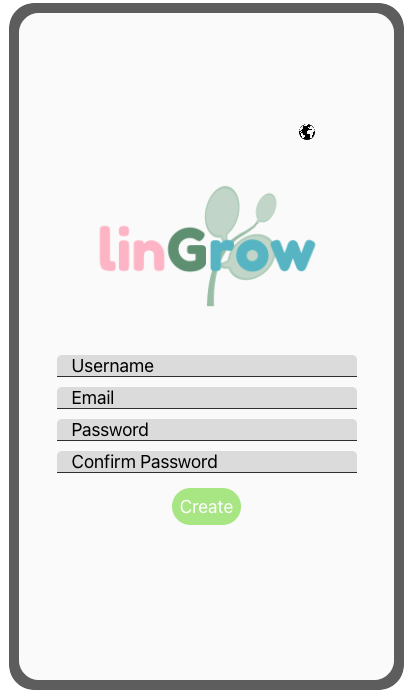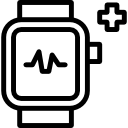TMS Trainer
Developing a Virtual Training Tool for Transcranial Magnetic Stimulation
This project was completed during a summer research internship at the Alberta Children's Hospital. During this internship, I was immersed in the Caglary Pediatric Stroke Program's research lab and learned about developing technologies such as variousforms of Brain-Computer Interfaces (BCI).
My project in particular focused on developing a virtual training tool for teaching nurses and other staff how to perform transcranial magnetic stimulation (TMS). Typically, TMS requires the use of a large, expensive robot, thus making training with the equipment itself very difficult. By developing a virtual training tool that provides information regarding accuracy of stimulation (based upon real data), training using TMS robots can be reduced to just a single evaluation session rather than an entire training course.











